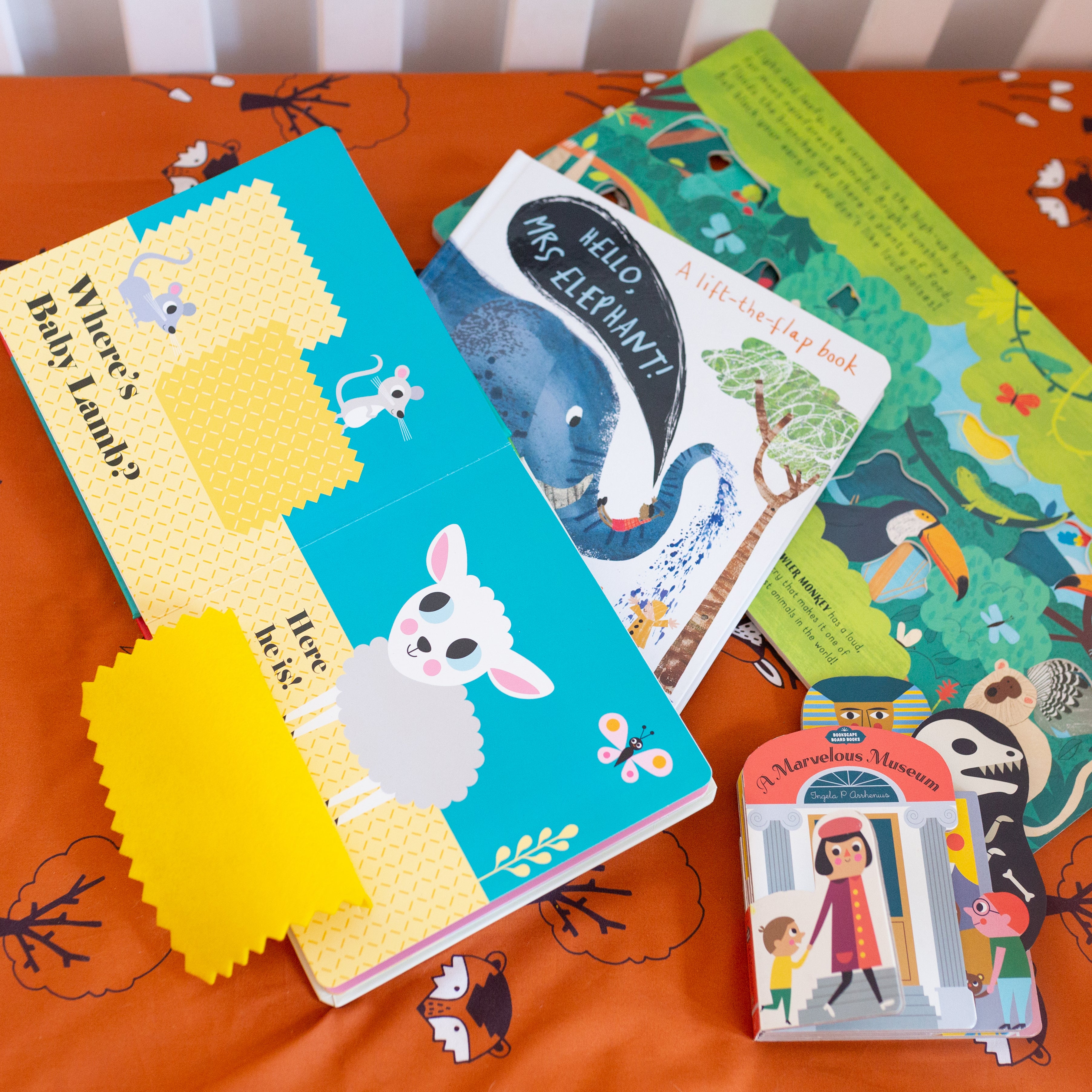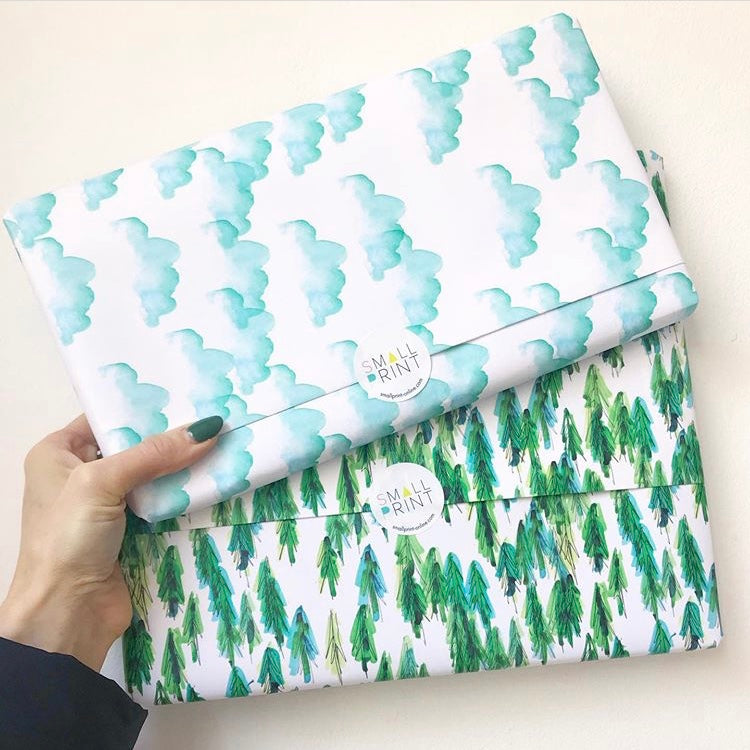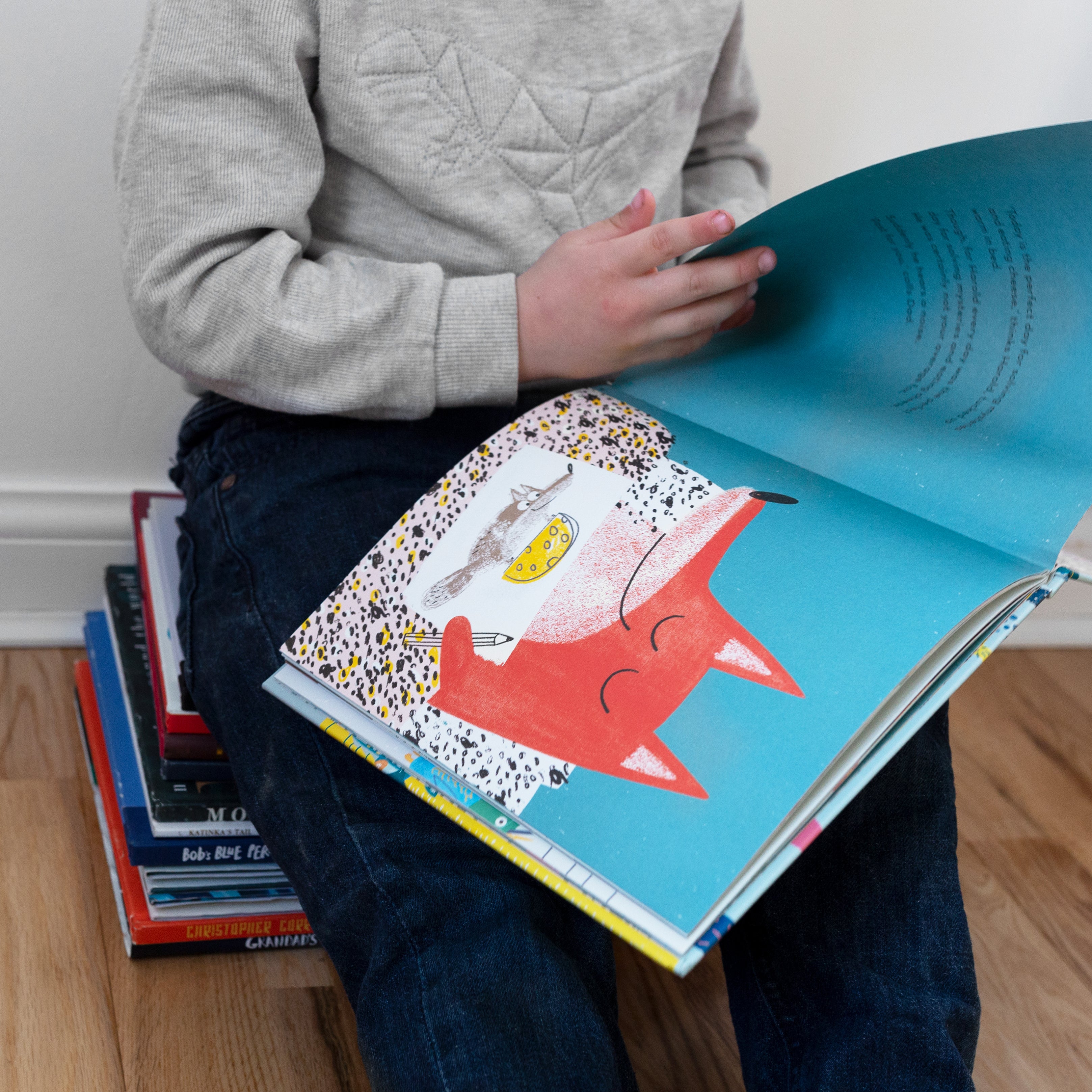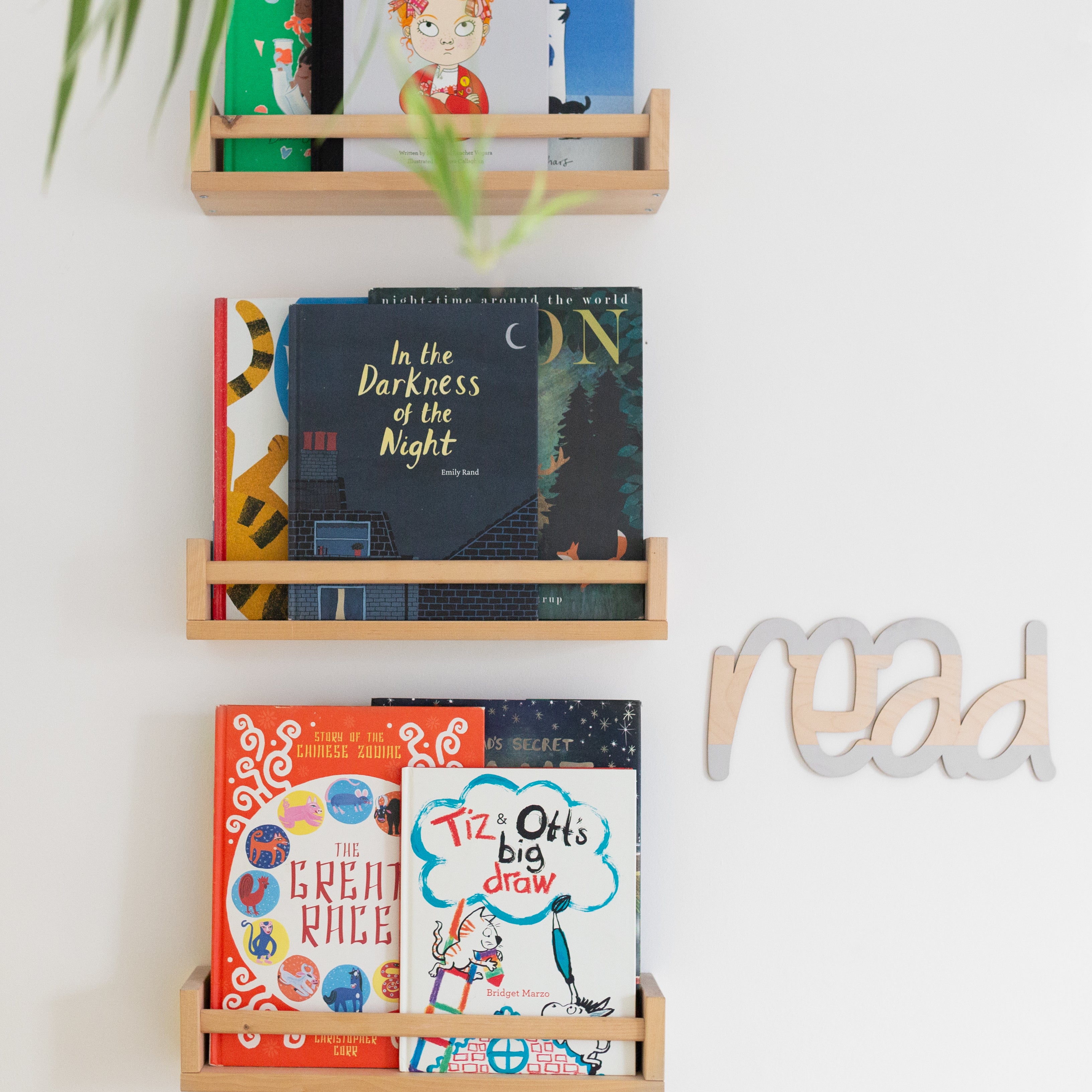
Over the last 18 months we’ve been overwhelmed by everyone’s positive response to Smallprint, our online store based on a vision for what great kids’ books should be. At the heart of this was the belief the no adult should give a child a book they wouldn’t want to pick up and read themselves. We want to help people discover children’s books that can be loved, held onto and handed down through generations.
When asked by Quarto Kids to review The Curiositree: Natural World, I snapped up the opportunity to delve into this beefy book of amazing illustrations and natural wonder, after all I do have that thing for books. This review is not wholly based on my role as bookseller or as any sort of informed literary guru, but as a parent of a 5 (Bess) and 2 (Gabriel) year old and as an adult with my own likes and dislikes.

For us, kids’ books should spark the imaginations of all ages and Smallprint champions books we love as adults, whether it is through their imagery, words, concept or content. This marvellous Compendium of wonders ticks all those boxes which makes my job a lot easier, phew.
So what’s it all about? Written by Amanda Wood and Mike Jolley and illustrated by Owen Davey, Natural World explores plants and animals and the stories of how they have adapted to survive in a complex web of amazing discoveries. Readers will find out why living things look and behave the way they do, and uncover the ways that resourcefulness and resilience have helped creatures and environments to develop over millions of years. This book is about unleashing curiosity and understanding of the living world, from ocean to forest, desert to mountain.

One of the big challenges of being a bookseller is that categorising books by age can be too restrictive. Children and parents are all unique, therefore a child’s interaction with a book cannot be presumed or prescribed. To suggest that Natural World is ‘too old’ for a pre-school child is to doubt their intelligence, the simple appeal of looking at beautiful imagery and the levels on which the book can be enjoyed. On first glance it could be seen as a book for older kids who are seasoned school-goers or adults with a love of nature, but our five year old would beg to differ. This is a book that is playful, engaging and offers parents and children plenty of book time fodder.

When Bess first discovered Natural World has three shiny, colourful page marking ribbons she grinned from ear to ear, what young kid doesn’t love ribbons? It’s a brilliant idea as they reach out to be played with and understood and they bring simple but engaging possibilities for a children to interact with a book. When we realised these ribbons coordinated with colour-coded charts in the book, it immediately sparked lovely interplay, bringing the book to life as we decided to take turns to choose pages we liked and place the ribbons for the other person to open. This is the only way that Natural World is now read in our house, we take three pages at a time and talk about why we chose them and the things on each page. It's become quite a sacred treasure for us.

Finding fun ways to digest Natural World is made easy with Owen Davey’s rich illustrations and this book has all the answers to those tricky, persistent questions. We can find out why some animals can see well at night, who eats who in the food chain and which animals live together, the kind of things that we both found interesting. In addition to the winning ribbons, each page has a coloured tab that gives you an idea of its contents. Yellow tells you about habitats, orange focuses on species or groups of plants and animals, and blue looks at behaviours and adaptations that help living things in their fight for survival. You can move backwards and forwards using the coloured arrows which highlight other charts that are somehow connected to the chart you have just read. Sounds complex but it really isn’t.

It is refreshing to find a book that spans a broad age range and I can imagine this book being dipped in and out of for years to come. Longterm this will be a brilliant tool to support learning and development for the whole family. For now it is a playful game of discovery and a book that promises beautiful pictures that encourage questions and interaction. Even our two year old got involved pointing out the animals he knows and making their sounds.


Another bonus is the dust jacket, which, once removed, reveals a beautiful A2 (approx), quality wall chart based on the ‘Parade of Penguins’ artwork by Owen Davey, which Bess insisted go straight on the wall next to the pillow-end of the bed.
The book itself is sitting proudly on the living room picture rails. To describe it as just a great piece of design work alone would be selling it short – it really is a prize title in the evolution of children’s non-fiction books.
See more HERE





best cialis online
http://mewkid.net/when-is-xuxlya3/ – Buy Amoxil Buy Amoxicillin ykr.qxuj.smallprint-online.com.pzr.pb http://mewkid.net/when-is-xuxlya3/
http://mewkid.net/when-is-xuxlya3/ – Amoxicillin 500mg Capsules Amoxicillin pnl.wjon.smallprint-online.com.wxt.vt http://mewkid.net/when-is-xuxlya3/
http://mewkid.net/when-is-xuxlya3/ – Amoxil Buy Amoxicillin jbv.ydaq.smallprint-online.com.wqd.lv http://mewkid.net/when-is-xuxlya3/
http://mewkid.net/when-is-xuxlya3/ – Buy Amoxicillin Amoxicillin lbk.iypo.smallprint-online.com.ubj.pf http://mewkid.net/when-is-xuxlya3/